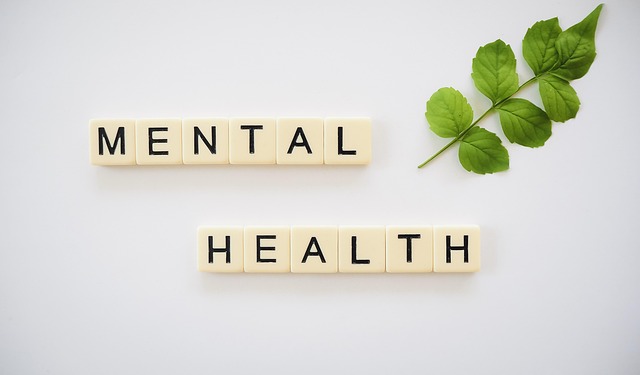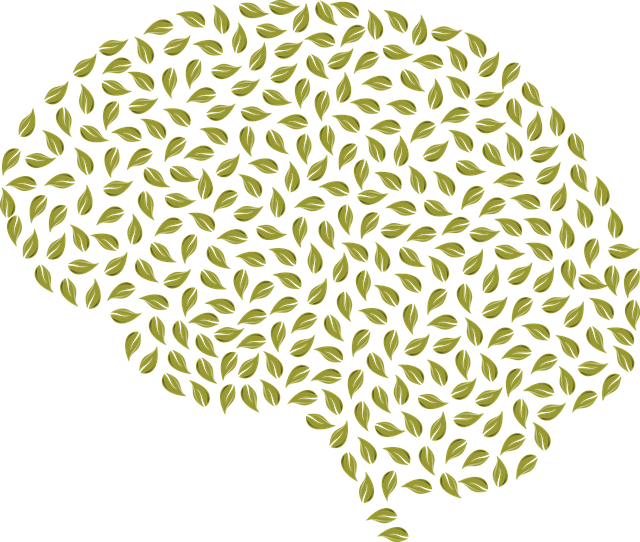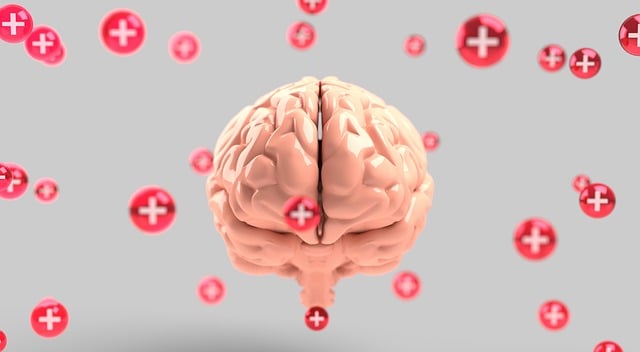Risk assessment through independent medical evaluations (IMEs) is essential for therapy in young children, providing therapists with comprehensive insights into each child's physical, cognitive, and emotional health. These evaluations guide the development of tailored harm minimization plans, including strategies like Social Skills Training and Emotional Healing Processes. A multidisciplinary team collaborates to implement these plans, regularly reviewing and adapting them as the child's needs change, thereby fostering adaptability and emotional coping mechanisms while proactively mitigating risks in a nurturing therapeutic environment.
Risk assessment and harm minimization are essential components of therapy for young children, ensuring their safety and well-being during treatment. This article delves into the critical role of understanding risk assessment as a cornerstone of young children’s therapy. We explore independent medical evaluations, offering insights for effective harm minimization planning. Through a step-by-step guide, we outline how to develop comprehensive strategies, emphasizing implementation and continuous review processes. By integrating these practices, therapists can enhance safety measures tailored to each child’s unique needs.
- Understanding Risk Assessment: A Cornerstone of Young Children's Therapy
- Independent Medical Evaluations: Uncovering Critical Insights for Harm Minimization
- Developing a Comprehensive Harm Minimization Plan: A Step-by-Step Guide
- Implementation and Continuous Review: Ensuring Safety in Therapy for Young Children
Understanding Risk Assessment: A Cornerstone of Young Children's Therapy

Risk assessment is a fundamental process in young children’s therapy, serving as a cornerstone for developing effective treatment plans. It involves meticulously evaluating potential hazards and dangers that may impact a child’s well-being, both within their environment and during therapeutic interventions. This comprehensive approach ensures that therapists can implement tailored harm minimization strategies to create a safe and supportive space.
By conducting independent medical evaluations, therapists gain valuable insights into each child’s unique circumstances, including physical health considerations, cognitive abilities, and emotional vulnerabilities. These assessments enable them to anticipate potential risks, whether related to the child’s mental health awareness, conflict resolution techniques, or emotional well-being promotion techniques. Through this proactive approach, therapists can design individualized therapy plans that not only address existing challenges but also proactively prevent adverse outcomes.
Independent Medical Evaluations: Uncovering Critical Insights for Harm Minimization

Independent Medical Evaluations (IMEs) play a pivotal role in risk assessment and harm minimization planning, especially when focusing on therapy for young children. These comprehensive assessments provide critical insights into a child’s physical, cognitive, and emotional well-being, enabling professionals to tailor interventions accordingly. IMEs often include detailed analyses of developmental milestones, behavioral observations, and interviews with parents or caregivers, ensuring a holistic understanding of the child’s needs.
By integrating findings from IMEs, therapists can design targeted strategies that encompass Social Skills Training and Emotional Healing Processes. This approach not only addresses immediate concerns but also fosters long-term resilience against potential burnout prevention issues. The insights gained from independent medical evaluations serve as a roadmap, guiding professionals in navigating complex cases and implementing effective harm minimization plans tailored to each child’s unique needs.
Developing a Comprehensive Harm Minimization Plan: A Step-by-Step Guide

Developing a comprehensive harm minimization plan is a crucial step in ensuring the safety and well-being of young children engaged in therapy. This process involves several key steps to create an effective strategy tailored to individual needs. First, conduct thorough independent medical evaluations to assess any existing health conditions or risks that may impact the child’s overall safety during therapy sessions. These evaluations provide valuable insights and help identify potential triggers or vulnerabilities.
Next, involve a multidisciplinary team including therapists, counselors, and healthcare professionals to collaborate on crafting a harm minimization plan. This collaborative approach leverages diverse expertise in developing comprehensive strategies such as resilience-building workshops, crisis intervention guidance, and stress management techniques. By integrating these evidence-based practices, the plan aims to foster adaptability and emotional coping mechanisms while proactively mitigating risks. Regular reviews and updates are essential to ensure its relevance and effectiveness as the child’s needs evolve.
Implementation and Continuous Review: Ensuring Safety in Therapy for Young Children

The implementation of robust risk assessment and harm minimization planning is paramount to ensuring safe and effective therapy for young children. This involves a multi-faceted approach, including regular Independent Medical Evaluations (IMEs) to gauge progress and identify potential risks or setbacks. IMEs provide an objective perspective on the child’s well-being, enabling therapists and caregivers to make informed decisions tailored to each unique individual’s needs.
Continuous review is a cornerstone of this process. Regular assessments allow for proactive burnout prevention strategies for healthcare providers, who are essential to facilitating therapy. By prioritizing mood management and inner strength development, practitioners can maintain optimal performance while minimizing the risk of exhaustion. This not only benefits the healthcare providers but also fosters a more nurturing and consistent environment for young clients, ultimately enhancing therapeutic outcomes.
Risk assessment and harm minimization planning are indispensable components of providing safe and effective therapy for young children. By understanding risk assessment as a cornerstone of pediatric therapy, integrating independent medical evaluations for critical insights, following a step-by-step guide to develop comprehensive plans, and ensuring continuous review and implementation, therapists can create a nurturing environment that promotes development while minimizing potential harms. These strategies are essential to upholding the highest standards of care in therapy for young children.














